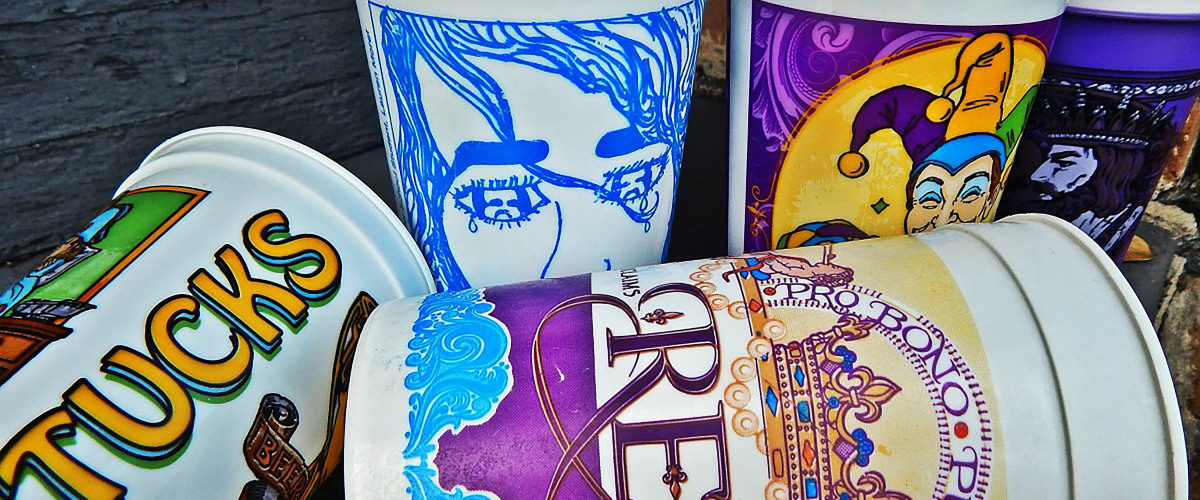Main Piece:
Bid day at the University of Alabama is like Christmas, Easter, and every other holiday wrapped into one. Every single PNM, potential new member, is waiting with their Rho Chi, or rush, group in Bryan Denny Stadium, at 2pm they open their bids, find out what sorority they have gotten an offer from. Then by sorority, each PNM runs to their house with utter joy. All of a sorority’s active members are present outside of their house waiting for their new sisters to come home to their house. During bid day family members come down to celebrate this news. Fraternity brothers from the university also come to the sorority row and hand out roses to the new members while they are running home. It is one of the biggest celebrations on campus as thousands of new sisters are running down the row.
Context:
EG is a member of a sorority at the University of Alabama and a sophomore. She has been in her sorority for two years and had experienced both sides of this tradition. She finds it is more exciting as an active as you know more people. This piece was taken during a conversation at our home.
Thoughts:
As a member of a fraternity at USC, I understand some of the excitement of bid day. It is a moment is a freshman’s life where they get to join an organization allows them to be the best version of themselves that they can be. Greek Life at the University of Alabama is known for having the biggest presence on any campus in the nation. At USC, our sorority’s also have their bid day all at once. New members run down the row from the Village Lawn into their new sorority house. As my fraternity’s house is near several sorority houses, I can say that EG’s description of her bid day sounds similar to USC’s, but on a much, much larger scale. I find this celebration to also be a really rewarding time after having to go through a lengthy recruitment period.

